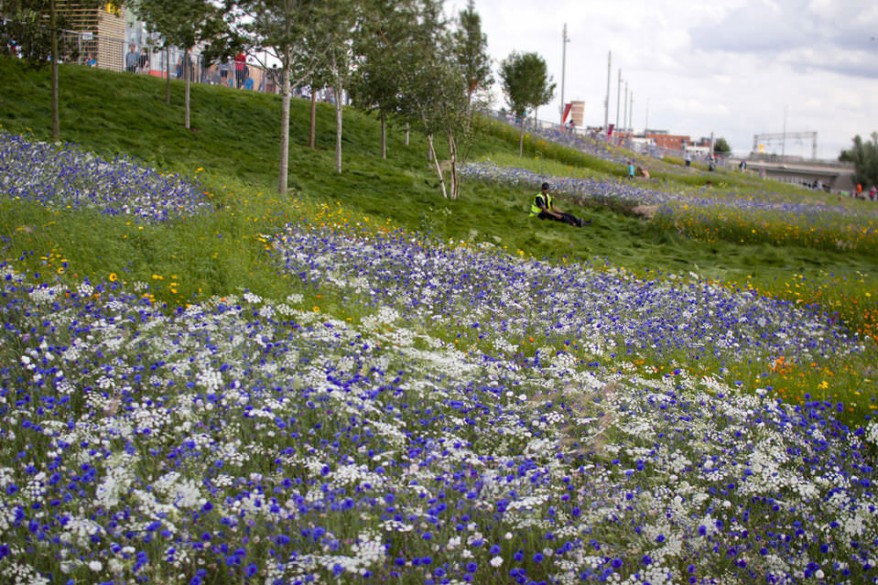We Made That: Social Architects, Community Activists, Poets of Space
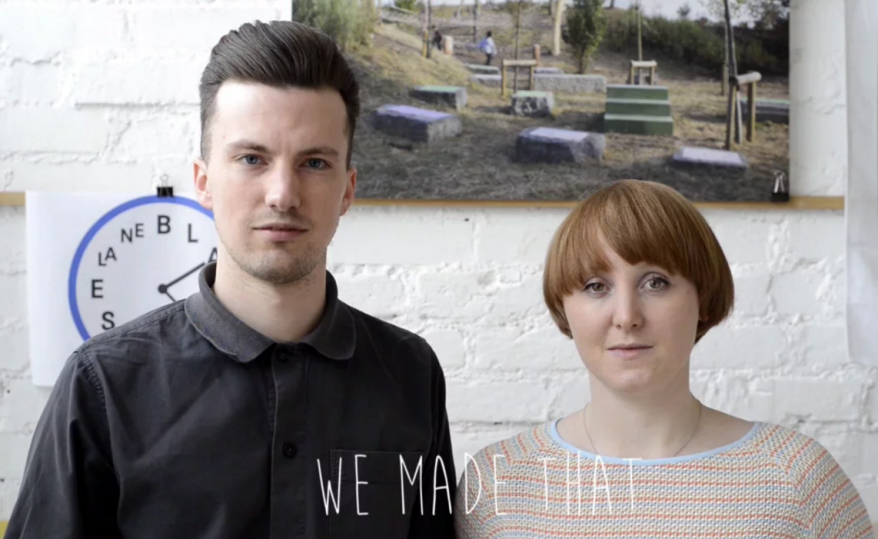
We Made That is an East London based, interdisciplinary architecture and design studio founded by Holly Lewis and Oliver Goodhall just over a decade ago. Both are graduates of the Bartlett School of Architecture; Oliver later studied at the inventive Design Interactions programme at the Royal College of Art, while Holly is a licensed architect and affiliate member of the Landscape Institute of London. Goodhall is the collective’s strategic strongarm, while Lewis leads the research elements of the practice, which are numerous and rigorous. The relationship between policy making and design is at the heart of the practice, with both Lewis and Goodhall serving on various Design Review and Advisory Panels. The co-founders give lectures at various art, architecture, and design schools within the city, including Bartlett, the AA, and Central Saint Martin’s.
Lewis’ expertise can be partly chalked up to her intensive ‘fieldwork’ exercises, including critical analysis of economic history and themes of placemaking in the London area, as well as injecting these discoveries, ideas, and concerns into more publically accessible realms. Lewis has led a ‘citizen’s urban advice bureau’ project in Southwark, called The Open Office, which operated out of the Architecture Foundation’s street-facing gallery for just over one month. Along with a group of volunteers, We Made That led different case studies on various areas of London — from Hackney to Croydon — in an effort to unpack the too-often concealed or convoluted policy-making practices of the city. Through this project-performance-investigation, Lewis and the rest of the team hoped to foster a conversation about the concept of “localism, and what it actually means in practice.”
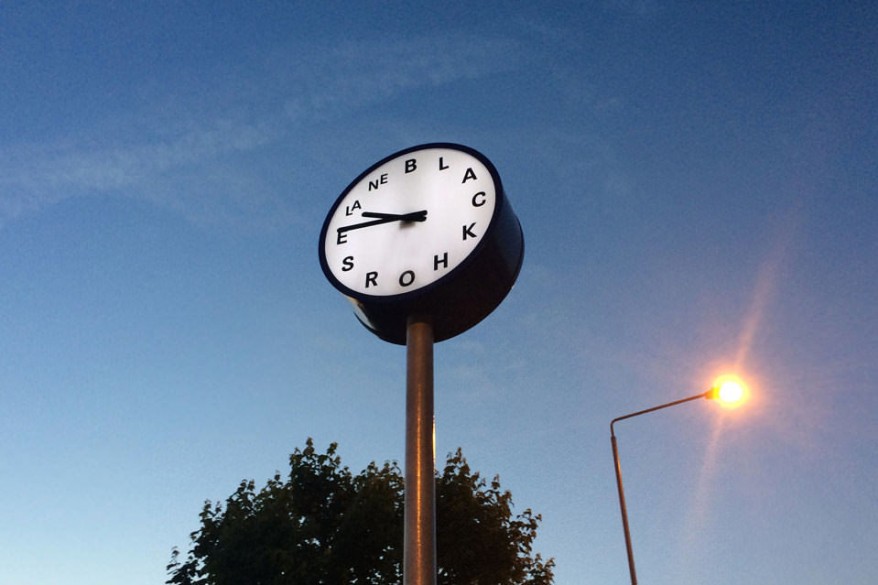
Many finished projects within We Made That’s growing portfolio are located in London’s developing Southeast end or the studio’s heartland of the East boroughs. In the summer of 2014, the collective completed one of its most successful projects to date: the Blackhorse Lane regeneration programme. With a budget of under £800,000, the group set out to address issues of “poor perception and operation of the existing industrial estates, respond to the unique industrial heritage of the area and support diverse businesses in the area.” The approach was, as Lewis puts it, both “hard” development and “soft” enterprise support, e.g. not just through physical development but also more ideological intervention by encouraging the public to rethink aspects of the street that had come to be largely taken for granted.The end result was improvements to industrial estate façades and shops, coordinated wayfinding signage, and a new civic clock, and a publication “The Unlimited Edition,” a running info-journal series freely distributed in public.
We Made That employs a small yet diverse cluster of architects, assistants, and researchers to help realize their missions of bringing visibility, inclusion, accessibility and public involvement back into the realm of urban development. Whether working on a print publication at the culmination of a research project south of the Thames, or a pop-up public installation in East London, their practice depends critically on both cerebral exercise and activist intervention. It’s as much about thinking conceptually as well as making physical projects: not the classic form vs. content argument but rather figuring out how to integrate the two, with each fitting into a very particular narrative of a specific place. Coupling hardware and software — built projects and sociological ones — We Made That thinks grand scale: how to change behaviour, reshape preconceptions, and learn from being outside the studio as much as in it. The results are hyper-personalized concentrated efforts with tangible results. The studio are dreamers, no doubt, but channel that creative energy into dynamic and affordable results that are inclusive, educational, and beneficial to entire communities — smart, beautiful designs that are modest in scale yet gigantic in their drive.

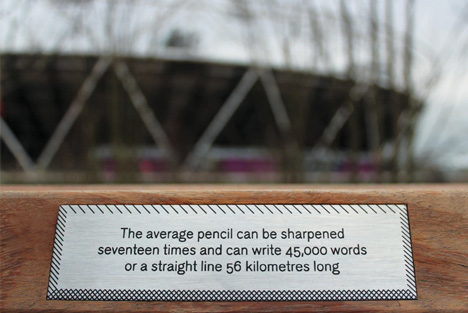
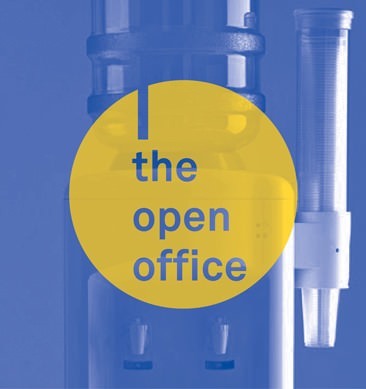
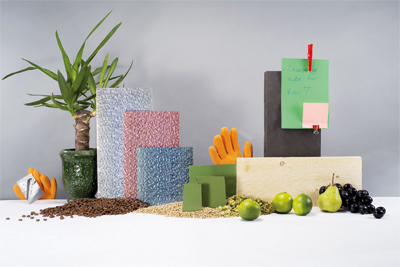
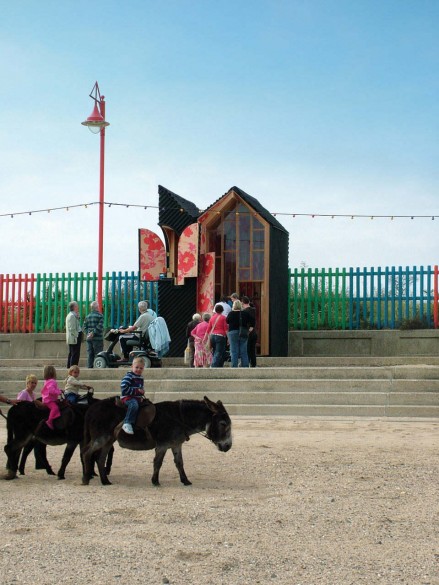
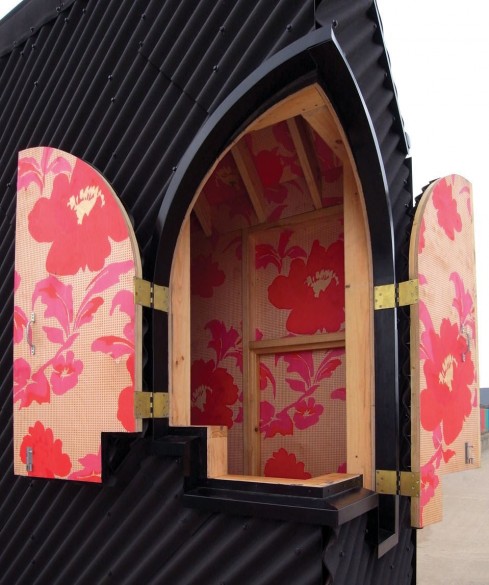
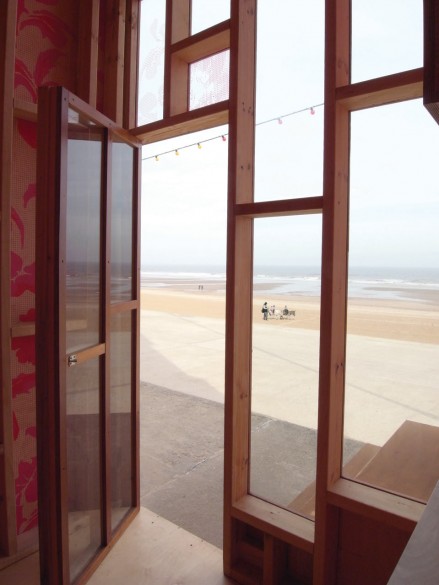
Under the Bathing Beauties project, We Made That were commissioned to deliver a unique beach hut for the Lincolnshire Coast in 2006.
On Strategic Engagement:
“We’re interested in engaging people with tactics for making change,” says Goodall. “If you say to someone, ‘we’re interested in talking about urbanism and policy’, they glaze over. But if you hand out a newspaper on the high street for free and talk about someone’s neighbourhood, they’re interested in having that conversation.”
On the Poetics of Architecture:
“Essentially it [Fantisticology] becomes a floral memorial to some of those things that were there before, and are no longer. We just love the idea that thereâs some recognition of that past. The majority of the flowers are annuals, so next year theyâll fade and self-seed, disperse and become less distinct.”
